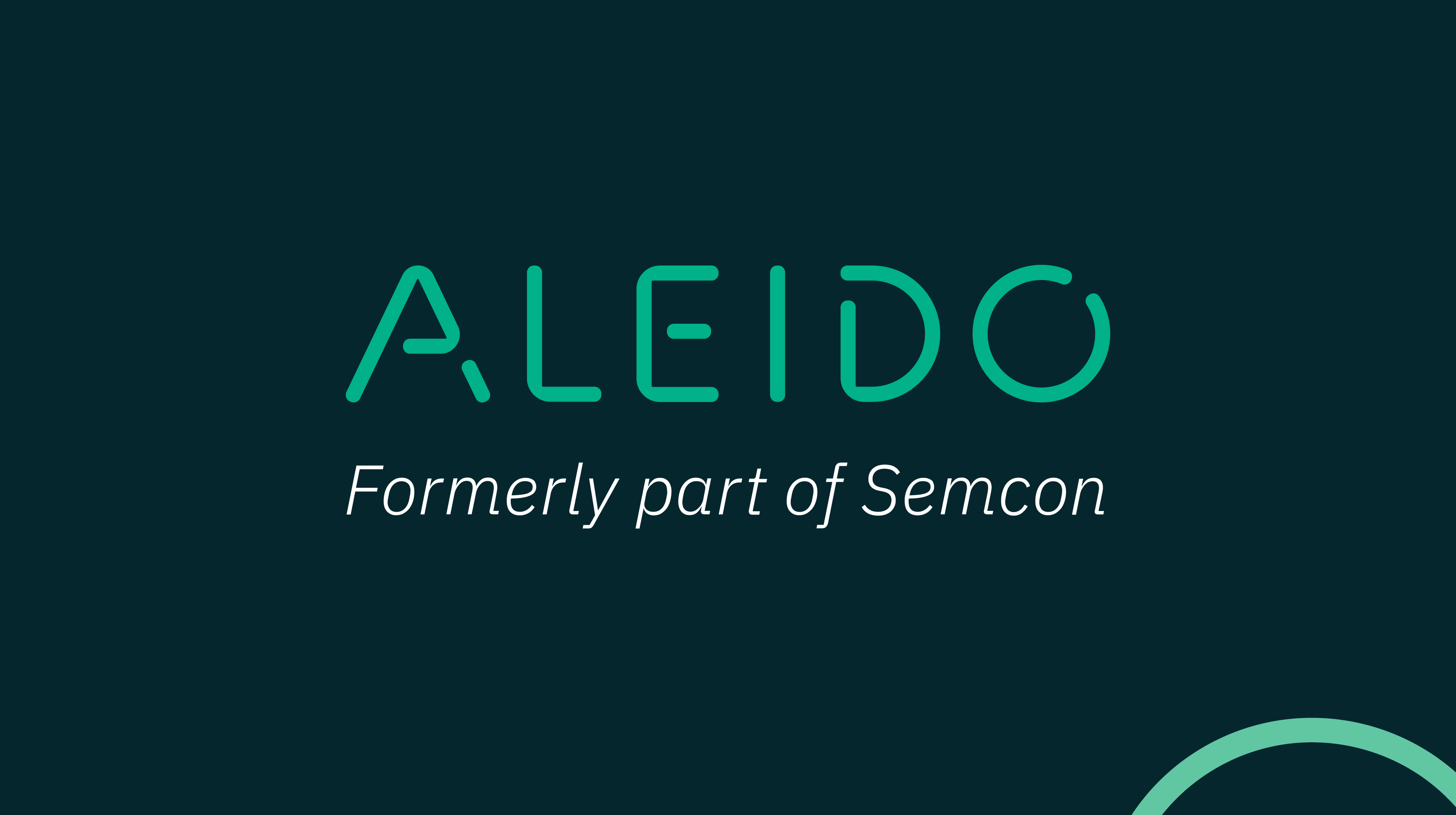Product Information
During 2023 Semcon's business area Product Information branched out as the independent brand Aleido. Their aim is to ensure your advanced product and solutions are always simply understood by the countless people who depend on them. For more information visit aleido.com.
Product Information is now Aleido
Aleido specialises in both aftermarket information and learning solutions. Guided by its mission “to make the advanced simply understood”, Aleido provides knowledge that bridges the gap between technology and people.
Visit the Aleido website

